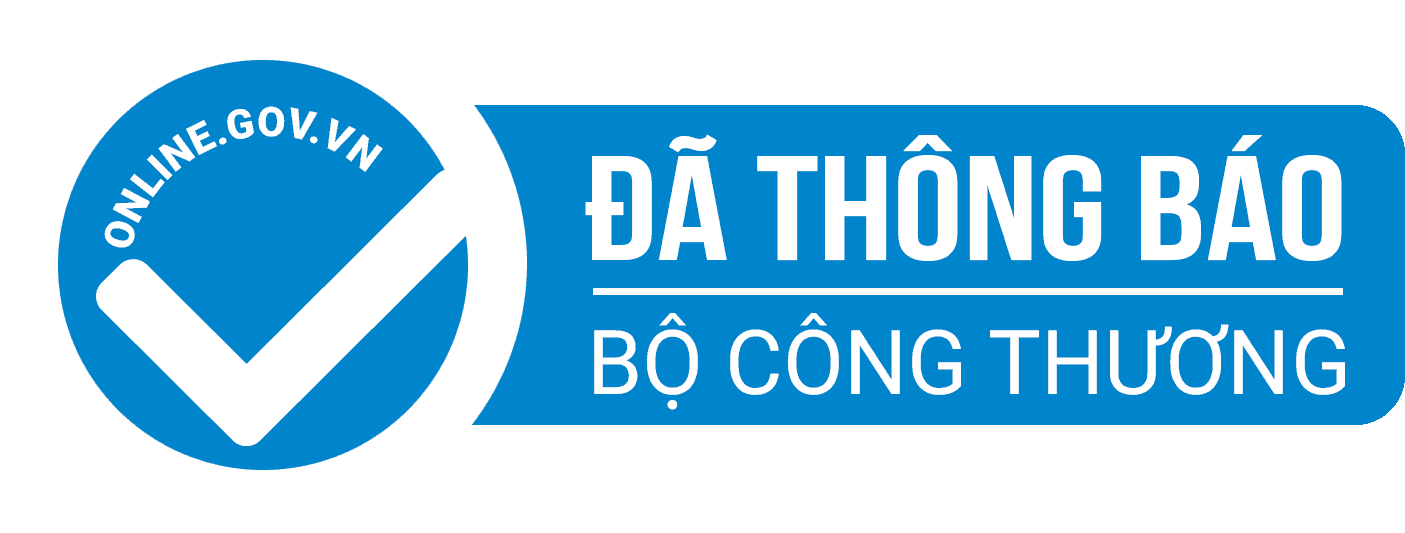1. Directions to the Vietnamese National Buddhist Temple
The Vietnamese National Buddhist Temple is located at No. 244, 3/2 Street, Hoa Hung Ward (formerly Ward 12, District 10), Ho Chi Minh City. As one of the largest pagodas downtown, it serves as the headquarters of the Ho Chi Minh City Buddhist Sangha.

The Vietnamese National Buddhist Temple is only about 3.4 kilometers away from Ben Thanh Market. You can reach the temple by renting a motorbike, hailing a taxi (such as Xanh SM), or catching a bus. Bus 7 and Bus 10 have stops on 3/2 Street. For those driving, the route is straightforward: head southwest from Ben Thanh Market via Le Thanh Ton Street and Pham Hong Thai Street, then turn right onto Cach Mang Thang Tam Street and left onto 3/2 Street.
2. History of Vietnam Quoc Tu Pagoda
The Vietnamese National Buddhist Temple (also known as Vietnam Quoc Tu Pagoda) was founded in 1964 on a site of about 14,400 square meters. After 1975, following the fall of the Republic of Vietnam government, much of the site was repurposed for the construction of Hoa Binh Theater and Ky Hoa Amusement Park.
Years later, Venerable Tu Nhon, the former abbot, filed a petition to reclaim the temple. It was not resolved until 1993, by which time the area had been reduced to 3,712 square meters. In November 2017, it reopened with a new design, becoming a prominent destination for visitors interested in Buddhism in Ho Chi Minh City.

>>> Discover the culture and history of Buddhist temples in Vietnam!
3. What to expect at the Vietnamese National Buddhist Temple?
3.1. Timeless architectural charm
The Vietnamese National Buddhist Temple spans over 7,200 square meters, with a five-story building serving different purposes. The basement is a parking area, the first floor houses an auditorium, the second floor has offices, and the upper floors are used for religious activities and Sangha operations. The temple can host about 1,500 worshippers at once, with architecture featuring curved roofs typical of Northern Buddhism.
- Main hall: Three-compartment design with a yin-yang tiled roof and five entrances. The hall enshrines gilded many Buddha statues.
- Bell & drum towers: Decorated with Buddhist motifs. The bell is 2.9 meters tall, 1.6 meters wide, weighing 3 tons. The drum is carved from a single wood block, nearly 2 meters long and 1 meter in diameter.
- Da Bao tower: A 13-story, 63-meter-tall tower built to enshrine the heart relic of Thich Quang Duc, commemorating his Buddhist movement in 1963.

3.2. Cultural activities & events
The Vietnamese National Buddhist Temple welcomes large numbers of visitors during major Buddhist events:
- Vesak (15th day of the 4th lunar month): The most important celebration, marking the birth of Shakyamuni Buddha with processions, peace prayers, lantern releases, and charitable activities.
- Ullambana (15th day of the 7th lunar month): A festival of filial piety, where devotees honor their parents through ceremonies, animal releases, and meal offerings.
- Buddha’s Enlightenment Day (8th day of the 12th lunar month): Commemorating the Buddha’s enlightenment with sutra chanting, meditation, and spiritual retreats.
Beyond these festivals, the temple also hosts Dharma teaching sessions every Sunday (7 AM - 4 PM) to help practitioners deepen their understanding of Buddhism.
4. Must-see attractions near Vietnam Quoc Tu Pagoda
If you have extra time, several nearby attractions offer a deeper look into Ho Chi Minh City’s culture and history:
- Museum of Vietnamese Traditional Medicine (800 meters away): Home to over 3,000 artifacts, this museum showcases ancient tools, herbal remedies, and lacquered artworks related to Vietnam’s centuries-old medical practices.
- Ho Thi Ky Flower Market (1.6 kilometers away): Established in the 1980s, this vibrant market is the largest flower hub in Ho Chi Minh City. Visitors can explore colorful blooms from Da Lat, the Mekong Delta, and Hanoi.
- An Dong Market (1.9 kilometers away): One of the city’s largest wholesale fashion hubs, An Dong Market is divided into three sections: An Dong Market, An Dong Plaza, and An Dong Food Market.
- Phap Hoa Pagoda (2.8 kilometers away): A near-century-old temple, Phap Hoa Pagoda is not only a place of worship but also a cultural cradle of Buddhist teachings in Ho Chi Minh City.

>>> Plan your itinerary around the top places to visit in Ho Chi Minh City!
5. Notes for visiting the Vietnamese National Buddhist Temple
To have a respectful visit to the Vietnamese National Buddhist Temple, keep these simple guidelines in mind:
- Walk softly and speak quietly
- Treat monks and lay practitioners with respect
- Do not touch statues, altars, or sacred objects.
- Ask permission before taking photos in worship areas
- Avoid disruptive poses or shooting during ceremonies
- Place trash in designated bins
>>> Planning your Ho Chi Minh City 3-day itinerary with our comprehensive guide
FAQs about the Vietnamese National Buddhist Temple
When does the Vietnamese National Buddhist Temple open?
Vietnam Quoc Tu Pagoda is open daily from 7 AM to 6 PM, with extended hours until 10:30 PM on full-moon days and festivals.
What should I wear when visiting Vietnam Quoc Tu Pagoda?
Dress modestly. Wear clothing that covers your shoulders and knees. Avoid sleeveless tops, shorts, miniskirts, or any revealing attire.
Is it free to enter Vietnam Quoc Tu Pagoda?
Yes.
Does Vietnam Quoc Tu Pagoda offer a parking lot?
Yes, the basement serves as a parking area.
When is the best time to visit the Vietnamese National Buddhist Temple?
To experience the spiritual life of the locals, visitors can come on the 1st and 15th days of each lunar month, as well as during the Lunar New Year, Ullambana, or Vesak.
The Vietnamese National Buddhist Temple offers visitors a chance to admire an impressive Buddhist site and gain a deeper understanding of Vietnam’s Buddhist history. Then, after immersing yourself in the city’s spiritual heritage, you can continue your adventure with a fun-filled day at Grand Park, a vibrant entertainment complex with games, water slides, restaurants, and shopping.

For Vietnam travel beyond Ho Chi Minh City, there are other destinations like Ha Long Bay, Hoi An, Nha Trang, and Phu Quoc, each with its own unique charm. For luxury relaxation during your trip, the hotels and resorts of Vinpearl provide world-class accommodations, spa treatments, and gourmet dining restaurants. Adventure seekers can visit VinWonders, a collection of entertainment complexes with immersive attractions for everyone.















_1742996408_1743220457.jpg)
_1743220365.jpg)

















